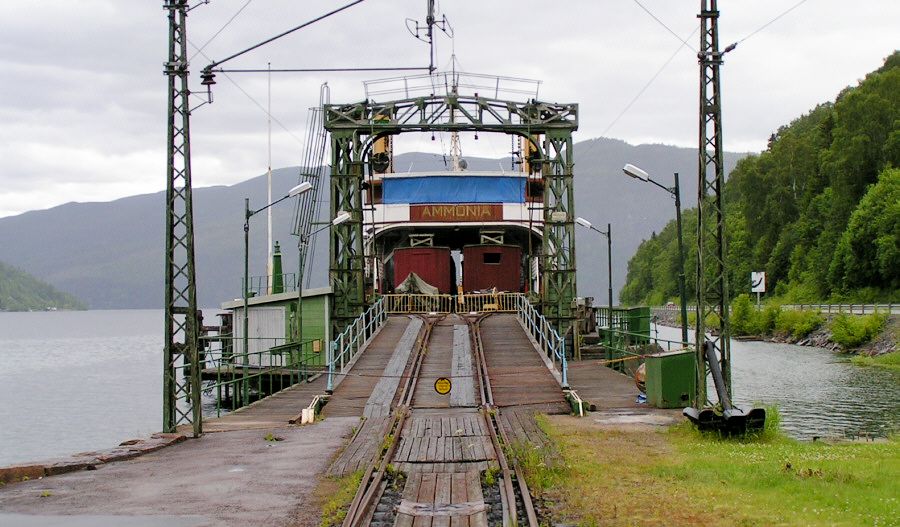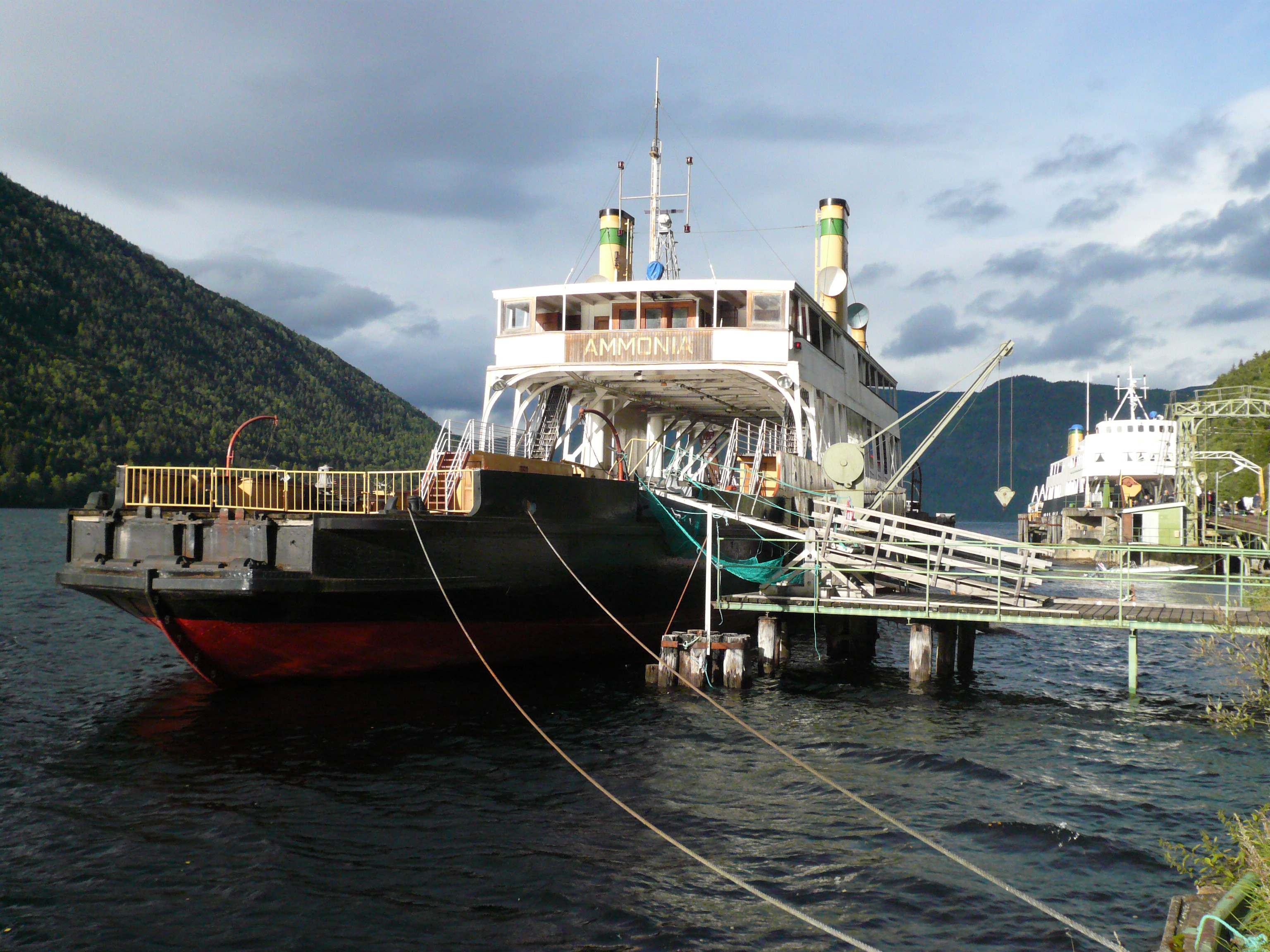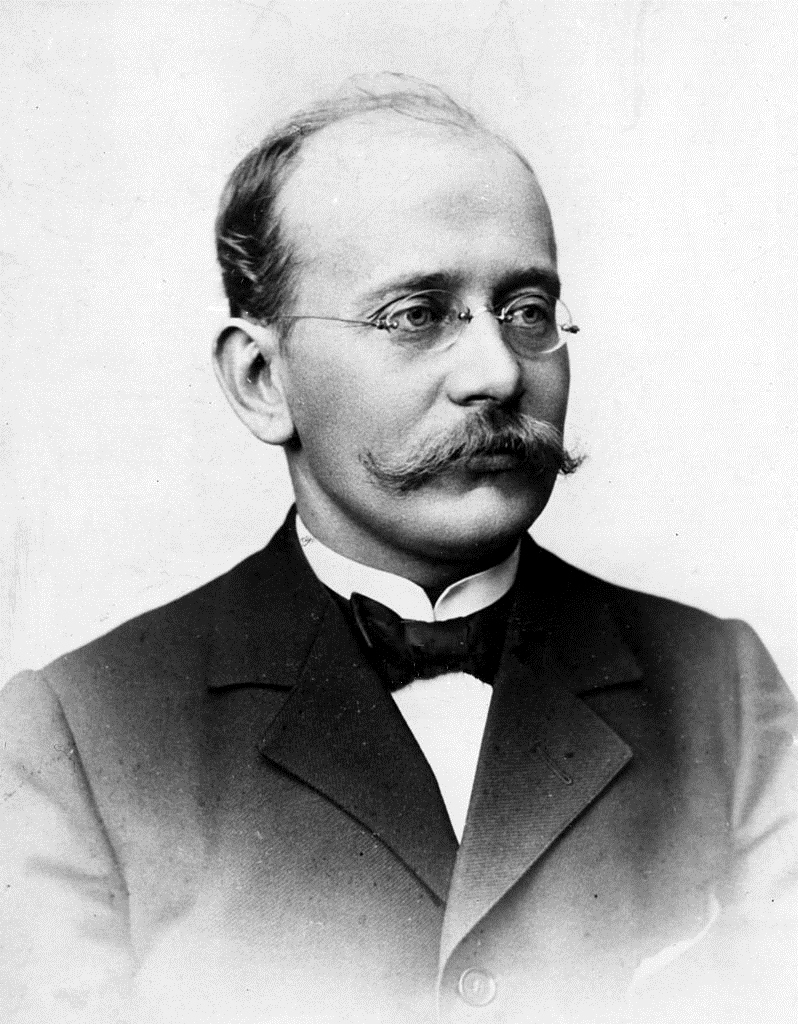|
Rjukanbanen
, logo = , logo_width = , logo_alt = , image = , image_name = , image_width = , image_alt = , caption = SF ''Ammonia'', at Mæl, where the railway cars were ferried across Lake Tinn , color = , locale = , terminus = Rjukan StationMæl Station , map = , map_caption = , map_alt = , mapsize = , connections = , linename = , builtby = Norsk Transport , originalopen = 9 August 1909 , originalgauge = , originalelec = , owned = , operator = , marks = , stations = 6 , length = , preservedgauge = , preservedelec = , era = , com-years = , com-events = , com-years1 = , com-events1 = ... [...More Info...] [...Related Items...] OR: [Wikipedia] [Google] [Baidu] |
Tinnsjø Railway Ferry
Tinnsjø railway ferry was a Norwegian railway ferry service on Lake Tinn that connected the Rjukan Line and Tinnoset Line. The long ferry trip made it possible for Norsk Hydro to transport its fertilizer from the plant at Rjukan to the port in Skien. The ferry services were operated by the company's subsidiary Norsk Transport from 1909 to 1991, when the plant closed. One of the ferries was in 1944 the target of the Norwegian heavy water sabotage when it was sunk to depth to prevent Nazi Germany from developing nuclear weapons. History Norsk Hydro was founded in 1905 by engineer and industrialist Sam Eyde as a fertilizer manufacturer. The first factory was opened at Notodden in 1907. Fertilizer factories need a lot of energy, making it beneficial to locate the plants near hydroelectric power plants. At Rjukan there was a large waterfall capable of supporting a hydroelectric plant. By 1911 Rjukan Salpeterfabrikk was opened. The Tinnsjø railway ferry service was opened in 1 ... [...More Info...] [...Related Items...] OR: [Wikipedia] [Google] [Baidu] |
Mæl Station
Mæl Station (''Mæl stasjon'') is a railroad station located at Tinn in Telemark, Norway. It is the terminus of the Rjukan Line (''Rjukanbanen'') running through Vestfjorddalen between Mæl and Rjukan. The station is located 16 km from Rjukan and on the mouth of the river Måna in Vestfjorddalen where the river runs into Lake Tinn. This was the point where the railway cars on the line were transferred to the Tinnsjø railway ferry for transport to the Tinnoset Line. History Mæl Station was constructed based upon designs by architect, Thorvald Astrup. The station was built in 1909 when the Rjukan Line opened and was electrified in 1911. A new station building was constructed in 1917; it was named Rollag until 1921 when it had to change name because of the connection to the national railway network—there was already Rollag Station on the Numedal Line The Numedal Line () is a long railway line that runs up the Numedal valley between Kongsberg and Rødberg in Viken co ... [...More Info...] [...Related Items...] OR: [Wikipedia] [Google] [Baidu] |
Norsk Transport
Hydro Transport AS was a railway company, railway- and List of ship companies, shipping company responsible for the transport of chemicals from Norsk Hydro Rjukan. A subsidiary of Norsk Hydro, the company was founded in 1907, operations ceased in 1991, while the company became defunct at the end of 2009. To transport the products to the coastal port at Skien, Norsk Hydro needed to build an extensive railway network. Cargo was stored in tank cars and transported down the Rjukan Line, Rjukanbanen to Mæl Station, Mæl, where it was transferred to the Tinnsjø railway ferry. After a ride across the lake, it was again transferred to Tinnoset Line and transported to Notodden where it was transshipped to barges and transported down the Telemark Canal. After 1919 the final stage was replaced with the Bratsberg Line; simultaneously the Tinnoset Line was nationalized and taken over by Norwegian State Railways, Norges Statsbaner. History Founded as Norsk Transportaktieselskab (often m ... [...More Info...] [...Related Items...] OR: [Wikipedia] [Google] [Baidu] |
Tinnoset Line
, logo = , logo_width = , logo_alt = , image_name = MF-Storegut Tinnoset 2004 SRS.jpg , image_width = , image_alt = , caption = The railway ferry MF ''Storegut'' at Tinnoset , color = , locale = , terminus = , map = , map_caption = , map_alt = , mapsize = , connections = , linename = , builtby = Norsk Hydro , originalopen = 9 August 1909 , originalgauge = , originalelec = , owned = , operator = , marks = , stations = , length = , preservedgauge = , preservedelec = , era = , com-years = , com-events = , com-years1 = , com-events1 = , closedpassengers = 1985 , closed = ... [...More Info...] [...Related Items...] OR: [Wikipedia] [Google] [Baidu] |
Rjukan Station
Rjukan Station ( no, Rjukan stasjon) is the terminal railway station of the Rjukan Line, located at Rjukan in Tinn, Norway Norway, officially the Kingdom of Norway, is a Nordic country in Northern Europe, the mainland territory of which comprises the western and northernmost portion of the Scandinavian Peninsula. The remote Arctic island of Jan Mayen and t .... The station opened as part of the railway on 9 August 1909 as Saaheim, until renaming to Rjukan on 15 November 1912. It was rebuilt 1959-60 and closed on 5 July 1991; after the closing the local radio station Radio Rjukan has moved into the building. References Railway stations on the Rjukan Line Railway stations in Tinn Railway stations opened in 1909 Railway stations closed in 1991 Disused railway stations in Norway 1909 establishments in Norway 1991 disestablishments in Norway {{Norway-railstation-stub ... [...More Info...] [...Related Items...] OR: [Wikipedia] [Google] [Baidu] |
Sam Eyde
Samuel Eyde (29 October 1866 – 21 June 1940) was a Norwegian engineer and industrialist. He was the founder of both Norsk Hydro and Elkem. Personal life Eyde was born in Arendal in Aust-Agder, Norway. He was a son of ship-owner Samuel Eyde (1819–1902) and his wife Elina Christine Amalie Stephansen (1829–1906). He was a first cousin of Alf Scott-Hansen on the maternal side. In August 1895 he married Countess Ulla Mörner (1873–1961), but the marriage was dissolved in 1912. In February 1913 he married actress Elly Simonsen (1885–1960). Career Eyde studied engineering in Berlin where he graduated in 1891. He started his career in Hamburg, working with the railways where he planned new lines, bridges and stations. In 1897 he started the engineering firm Gleim & Eyde with his previous boss from Hamburg. He soon established offices in Kristiania (now Oslo) and Stockholm. By the turn of the century the firm was one of the largest in Scandinavia, with some 30 engineers. In ... [...More Info...] [...Related Items...] OR: [Wikipedia] [Google] [Baidu] |
Norsk Hydro
Norsk Hydro ASA (often referred to as just ''Hydro'') is a Norwegian aluminium and renewable energy company, headquartered in Oslo. It is one of the largest aluminium companies worldwide. It has operations in some 50 countries around the world and is active on all continents. The Norwegian state owns 34.3% of the company through the Ministry of Trade, Industry and Fisheries. A further 6.5% is owned by Folketrygdfond, which administers the Government Pension Fund of Norway. Norsk Hydro employs approximately 35,000 people. Hilde Merete Aasheim has been the CEO since May, 2019. Hydro had a significant presence in the oil and gas industry until October 2007, when these operations were merged with Statoil to form StatoilHydro (in 2009 changed back to Statoil, which is now called Equinor). History First steps with fertiliser Financed by the Swedish Wallenberg family and French banks, the company was founded on December 2, 1905 as Norsk hydro-elektrisk (lit. Norwegian hydro-electri ... [...More Info...] [...Related Items...] OR: [Wikipedia] [Google] [Baidu] |
Kristian Birkeland
Kristian Olaf Bernhard Birkeland (13 December 1867 – 15 June 1917) was a Norwegian scientist. He is best remembered for his theories of atmospheric electric currents that elucidated the nature of the aurora borealis. In order to fund his research on the aurorae, he invented the electromagnetic cannon and the Birkeland–Eyde process of fixing nitrogen from the air. Birkeland was nominated for the Nobel Prize seven times. Life and death Birkeland was born in Christiania (Oslo today) to Reinart Birkeland and Ingeborg (née Ege) and wrote his first scientific paper at the age of 18. Birkeland married Ida Charlotte Hammer in May 1905. They had no children and, due to Birkeland's preoccupation with his work, they divorced in 1911. Suffering from severe paranoia due to his use of barbital as a sleeping aid, he died under mysterious circumstances in his room in the Hotel Seiyoken in Tokyo while visiting colleagues at the University of Tokyo. A post-mortem revealed that Birkeland had ... [...More Info...] [...Related Items...] OR: [Wikipedia] [Google] [Baidu] |
Heritage Railway
A heritage railway or heritage railroad (US usage) is a railway operated as living history to re-create or preserve railway scenes of the past. Heritage railways are often old railway lines preserved in a state depicting a period (or periods) in the history of rail transport. Definition The British Office of Rail and Road defines heritage railways as follows:...'lines of local interest', museum railways or tourist railways that have retained or assumed the character and appearance and operating practices of railways of former times. Several lines that operate in isolation provide genuine transport facilities, providing community links. Most lines constitute tourist or educational attractions in their own right. Much of the rolling stock and other equipment used on these systems is original and is of historic value in its own right. Many systems aim to replicate both the look and operating practices of historic former railways companies. Infrastructure Heritage railway lines ... [...More Info...] [...Related Items...] OR: [Wikipedia] [Google] [Baidu] |
Rjukan Falls
Rjukan Falls ( no, Rjukanfossen) is a waterfall of 104 metres in the western part of the Westfjord valley in Tinn, a municipality in the county of Vestfold og Telemark, Norway, west of the industrial town Rjukan. The waterfall is a part of the Måne river, earlier a major tourist attraction, being one of the first floodlighted waterfalls by electricity produced by the same waterfall. In 1905 Rjukan Falls was built out to produce hydro electrical power for the saltpetre production when Norsk Hydro was established. , retrieved 2 April 2013 The name The name ( |
Electric Arc
An electric arc, or arc discharge, is an electrical breakdown of a gas that produces a prolonged electrical discharge. The electric current, current through a normally Electrical conductance, nonconductive medium such as air produces a plasma (physics), plasma; the plasma may produce visible light. An arc discharge is characterized by a lower voltage than a glow discharge and relies on thermionic emission of electrons from the electrodes supporting the arc. An archaic term is voltaic arc, as used in the phrase "voltaic arc lamp". Techniques for arc suppression can be used to reduce the duration or likelihood of arc formation. In the late 19th century, Arc lamp, electric arc lighting was in wide use for Street light#Arc lamps, public lighting. Some low-pressure electric arcs are used in many applications. For example, fluorescent lamp, fluorescent tubes, mercury, sodium, and metal-halide lamps are used for lighting; xenon arc lamps have been used for movie projectors. Electric a ... [...More Info...] [...Related Items...] OR: [Wikipedia] [Google] [Baidu] |


.jpg)



